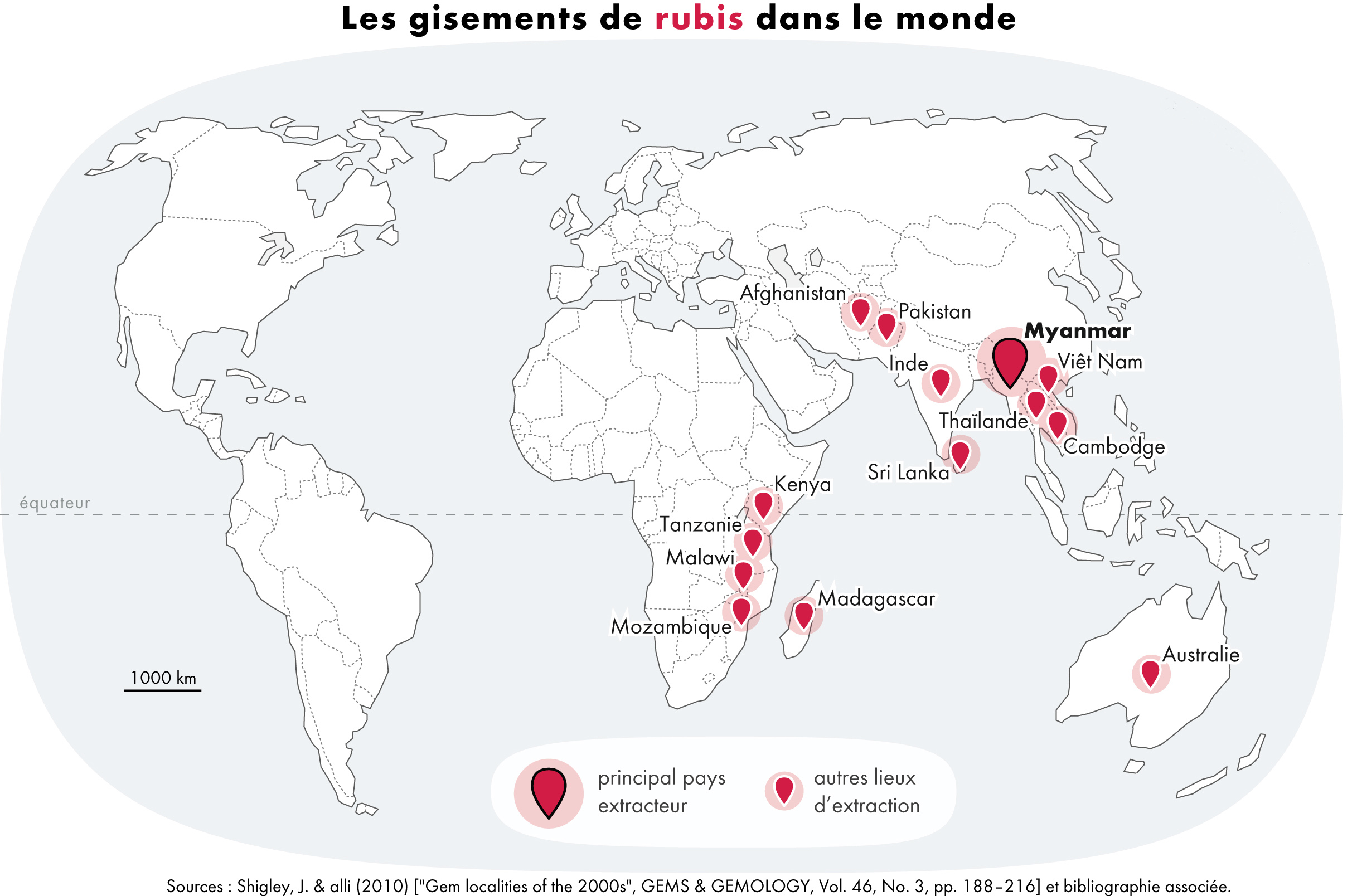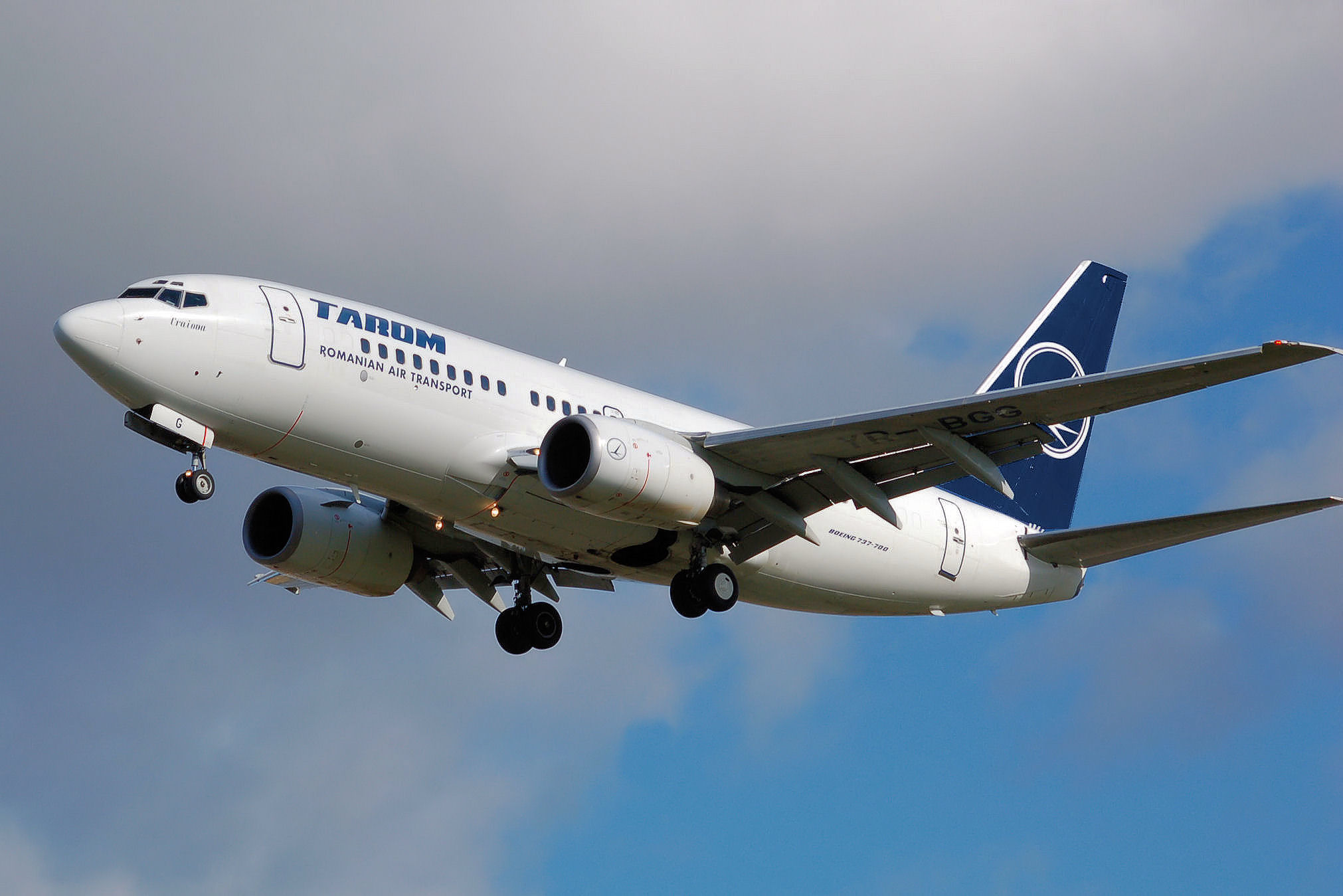|
P-800 Oniks
The P-800 Oniks (russian: П-800 Оникс; en, Onyx), also known in export markets as Yakhont (russian: Яхонт; en, ruby), is a Soviet / Russian supersonic anti-ship cruise missile developed by NPO Mashinostroyeniya as a ramjet version of P-80 Zubr. Its GRAU designation is 3M55, the air launched Kh-61 variant also exists. The missile has the NATO codename SS-N-26 " Strobile". Development officially started in 1983, and in the 1990s the anti-ship missile was tested on the Project 1234.7 ship. In 2002 the missile passed the whole range of trials and was commissioned. It is reportedly a replacement for the P-270 Moskit, and possibly also of the P-700 Granit. Description The missile is carried in flight by aerodynamic lift. The solid-propellant booster is located in the ramjet's combustion chamber and is ejected by the airflow after it has burned out. Advantages *Over-the-horizon firing range *Full autonomy of combat use ("fire and forget") *A set of flexible ("low-profile ... [...More Info...] [...Related Items...] OR: [Wikipedia] [Google] [Baidu] |
Soviet Union
The Soviet Union,. officially the Union of Soviet Socialist Republics. (USSR),. was a List of former transcontinental countries#Since 1700, transcontinental country that spanned much of Eurasia from 1922 to 1991. A flagship communist state, it was nominally a Federation, federal union of Republics of the Soviet Union, fifteen national republics; in practice, both Government of the Soviet Union, its government and Economy of the Soviet Union, its economy were highly Soviet-type economic planning, centralized until its final years. It was a one-party state governed by the Communist Party of the Soviet Union, with the city of Moscow serving as its capital as well as that of its largest and most populous republic: the Russian Soviet Federative Socialist Republic, Russian SFSR. Other major cities included Saint Petersburg, Leningrad (Russian SFSR), Kyiv, Kiev (Ukrainian Soviet Socialist Republic, Ukrainian SSR), Minsk (Byelorussian Soviet Socialist Republic, Byelorussian SSR), Tas ... [...More Info...] [...Related Items...] OR: [Wikipedia] [Google] [Baidu] |
Mach Number
Mach number (M or Ma) (; ) is a dimensionless quantity in fluid dynamics representing the ratio of flow velocity past a boundary to the local speed of sound. It is named after the Moravian physicist and philosopher Ernst Mach. : \mathrm = \frac, where: : is the local Mach number, : is the local flow velocity with respect to the boundaries (either internal, such as an object immersed in the flow, or external, like a channel), and : is the speed of sound in the medium, which in air varies with the square root of the thermodynamic temperature. By definition, at Mach1, the local flow velocity is equal to the speed of sound. At Mach0.65, is 65% of the speed of sound (subsonic), and, at Mach1.35, is 35% faster than the speed of sound (supersonic). Pilots of high-altitude aerospace vehicles use flight Mach number to express a vehicle's true airspeed, but the flow field around a vehicle varies in three dimensions, with corresponding variations in local Mach number. The loc ... [...More Info...] [...Related Items...] OR: [Wikipedia] [Google] [Baidu] |
GRAU
The Main Missile and Artillery Directorate of the Ministry of Defense of the Russian Federation (), commonly referred to by its transliterated Russian acronym GRAU (), is a department of the Russian Ministry of Defense. It is subordinate to the Chief of Armament and Munition of the Russian Armed Forces, a vice-minister of defense. The organization dates back to 1862 when it was established under the name Главное артиллерийское управление (ГАУ – GAU). The "R" from "rockets" was added to the title in 1960. In particular, the GRAU is responsible for assigning GRAU indices to Russian army munitions and equipment. Arsenals of the GRAU, according to Kommersant-Vlast in 2005, include the 60th at Kaluga, the 55th at Rzhev, the 75th at Serpukhov south of Moscow, (all three in the Moscow Military District) and the 80th at Gagarskiy, the 116th at Krasno-Oktyabrskiy and the 5th, all in the Volga–Urals Military District.Kommersant-Vlast, Vys Rossi ... [...More Info...] [...Related Items...] OR: [Wikipedia] [Google] [Baidu] |
SS-N-22
SS-N-22 Sunburn is the NATO reporting name for two unrelated Soviet anti-ship missiles. Although the missiles were very different, distinguishing between them is difficult because their ship-mounted launching containers were identical. Confusion was exacerbated by the Soviet practice of mixing missile types within a class of ships. It was therefore not confirmed that the "SS-N-22" actually referenced two different missiles until after the fall of the Soviet Union. Chelomei rocket One of the SS-N-22s was the P-80 Zubr, designed by a team led by Vladimir Chelomei. The Zubr was rocket-propelled and armed with a 250 kilogram warhead. It was carried by early-model ''Sovremenny''-class destroyers and ''Tarantul''-class corvettes. The submarine-launched version of this missile was also designated as an SS-N-22 Sunburn by NATO but was known to the Soviets as the P-100 Oniks. MKB Raduga model The other, unrelated SS-N-22 was the Raduga P-270 Moskit. It was ramjet-propelled ( ... [...More Info...] [...Related Items...] OR: [Wikipedia] [Google] [Baidu] |
Ramjet
A ramjet, or athodyd (aero thermodynamic duct), is a form of airbreathing jet engine that uses the forward motion of the engine to produce thrust. Since it produces no thrust when stationary (no ram air) ramjet-powered vehicles require an assisted take-off like a rocket assist to accelerate it to a speed where it begins to produce thrust. Ramjets work most efficiently at supersonic speeds around and can operate up to speeds of . Ramjets can be particularly useful in applications requiring a small and simple mechanism for high-speed use, such as missiles. The US, Canada, and UK had widespread ramjet powered missile defenses during the 1960s onward, such as the CIM-10 Bomarc and Bloodhound. Weapon designers are looking to use ramjet technology in artillery shells to give added range; a 120 mm mortar shell, if assisted by a ramjet, is thought to be able to attain a range of . They have also been used successfully, though not efficiently, as tip jets on the ends of hel ... [...More Info...] [...Related Items...] OR: [Wikipedia] [Google] [Baidu] |
Cruise Missile
A cruise missile is a guided missile used against terrestrial or naval targets that remains in the atmosphere and flies the major portion of its flight path at approximately constant speed. Cruise missiles are designed to deliver a large warhead over long distances with high precision. Modern cruise missiles are capable of travelling at high subsonic, supersonic, or hypersonic speeds, are self-navigating, and are able to fly on a non- ballistic, extremely low-altitude trajectory. History The idea of an "aerial torpedo" was shown in the British 1909 film '' The Airship Destroyer'' in which flying torpedoes controlled wirelessly are used to bring down airships bombing London. In 1916, the American aviator Lawrence Sperry built and patented an "aerial torpedo", the Hewitt-Sperry Automatic Airplane, a small biplane carrying a TNT charge, a Sperry autopilot and a barometric altitude control. Inspired by the experiments, the United States Army developed a similar flying bomb ... [...More Info...] [...Related Items...] OR: [Wikipedia] [Google] [Baidu] |
Supersonic
Supersonic speed is the speed of an object that exceeds the speed of sound (Mach 1). For objects traveling in dry air of a temperature of 20 °C (68 °F) at sea level, this speed is approximately . Speeds greater than five times the speed of sound (Mach 5) are often referred to as hypersonic. Flights during which only some parts of the air surrounding an object, such as the ends of rotor blades, reach supersonic speeds are called transonic. This occurs typically somewhere between Mach 0.8 and Mach 1.2. Sounds are traveling vibrations in the form of pressure waves in an elastic medium. Objects move at supersonic speed when the objects move faster than the speed at which sound propagates through the medium. In gases, sound travels longitudinally at different speeds, mostly depending on the molecular mass and temperature of the gas, and pressure has little effect. Since air temperature and composition varies significantly with altitude, the speed of ... [...More Info...] [...Related Items...] OR: [Wikipedia] [Google] [Baidu] |
Ruby
A ruby is a pinkish red to blood-red colored gemstone, a variety of the mineral corundum (aluminium oxide). Ruby is one of the most popular traditional jewelry gems and is very durable. Other varieties of gem-quality corundum are called sapphires. Ruby is one of the traditional cardinal gems, alongside amethyst, sapphire, emerald, and diamond. The word ''ruby'' comes from ''ruber'', Latin for red. The color of a ruby is due to the element chromium. Some gemstones that are popularly or historically called rubies, such as the Black Prince's Ruby in the British Imperial State Crown, are actually spinels. These were once known as "Balas rubies". The quality of a ruby is determined by its color, cut, and clarity, which, along with carat (mass), carat weight, affect its value. The brightest and most valuable shade of red, called blood-red or pigeon blood, commands a large premium over other rubies of similar quality. After color follows clarity: similar to diamonds, a clear stone ... [...More Info...] [...Related Items...] OR: [Wikipedia] [Google] [Baidu] |
Onyx
Onyx primarily refers to the parallel banded variety of chalcedony, a silicate mineral. Agate and onyx are both varieties of layered chalcedony that differ only in the form of the bands: agate has curved bands and onyx has parallel bands. The colors of its bands range from black to almost every color. Commonly, specimens of onyx contain bands of black and/or white. Onyx, as a descriptive term, has also been applied to parallel banded varieties of alabaster, marble, calcite, obsidian and opal, and misleadingly to materials with contorted banding, such as "Cave Onyx" and "Mexican Onyx". Etymology ''Onyx'' comes through Latin (of the same spelling), from the Ancient Greek , meaning "claw" or "fingernail". Onyx with flesh-colored and white bands can sometimes resemble a fingernail. The English word "nail" is cognate with the Greek word. Varieties Onyx is formed of bands of chalcedony in alternating colors. It is cryptocrystalline, consisting of fine intergrowths of the silica m ... [...More Info...] [...Related Items...] OR: [Wikipedia] [Google] [Baidu] |
Fixed-wing Aircraft
A fixed-wing aircraft is a heavier-than-air Aircraft, flying machine, such as an airplane, which is capable of flight using wings that generate Lift (force), lift caused by the aircraft's forward airspeed and the wing configuration, shape of the wings. Fixed-wing aircraft are distinct from rotorcraft, rotary-wing aircraft (in which the wings form a Helicopter rotor, rotor mounted on a spinning shaft or "mast"), and ornithopters (in which the wings bird flight#Flapping flight, flap in a manner similar to that of a bird). The wings of a fixed-wing aircraft are not necessarily rigid; kites, hang gliders, variable-sweep wing aircraft and airplanes that use wing morphing are all examples of fixed-wing aircraft. Gliding flight, Gliding fixed-wing aircraft, including free-flying Glider (aircraft), gliders of various kinds and tethered kites, can use moving air to gain altitude. Powered aircraft, Powered fixed-wing aircraft (airplanes) that gain forward thrust from an aircraft engine, ... [...More Info...] [...Related Items...] OR: [Wikipedia] [Google] [Baidu] |
Naval Ship
A naval ship is a military ship (or sometimes boat, depending on classification) used by a navy. Naval ships are differentiated from civilian ships by construction and purpose. Generally, naval ships are damage resilient and armed with weapon systems, though armament on troop transports is light or non-existent. Naval ships designed primarily for naval warfare are termed warships, as opposed to support (auxiliary ships) or shipyard operations. Naval ship classification Naval ship classification is a field that has changed over time, and is not an area of wide international agreement, so this article currently uses the system as currently used by the United States Navy. *Aircraft carrierships that serve as mobile seaborne airfields, designed primarily for the purpose of conducting combat operations by Carrier-based aircraft which engage in attacks against airborne, surface, sub-surface and shore targets. * Surface combatantlarge, heavily armed surface ships which ... [...More Info...] [...Related Items...] OR: [Wikipedia] [Google] [Baidu] |
Passive Radar
Passive radar systems (also referred to as passive coherent location, passive surveillance systems, and passive covert radar) encompass a class of radar systems that detect and track objects by processing reflections from non-cooperative sources of illumination in the environment, such as commercial broadcast and communications signals. It is a specific case of bistatic radar, the latter also including the exploitation of cooperative and non-cooperative radar transmitters. Introduction Conventional radar systems comprise a colocated transmitter and receiver, which usually share a common antenna to transmit and receive. A pulsed signal is transmitted and the time taken for the pulse to travel to the object and back allows the range of the object to be determined. In a passive radar system, there is no dedicated transmitter. Instead, the receiver uses third-party transmitters in the environment and measures the time difference of arrival between the signal arriving directly fr ... [...More Info...] [...Related Items...] OR: [Wikipedia] [Google] [Baidu] |

.jpg)





-130521-N-GZ984-197-crop.jpg)
